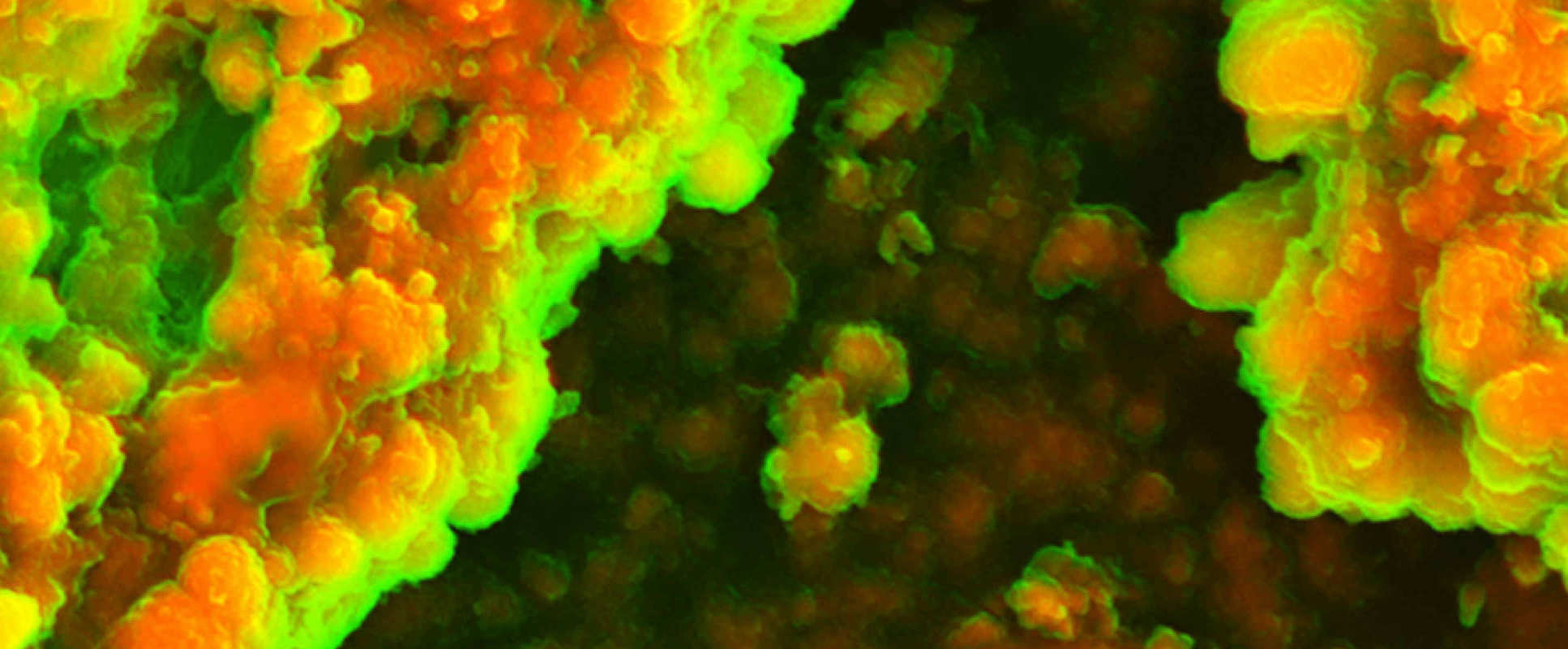BibTex format
@article{Grosicki:2020:10.1016/S0140-6736(20)32292-3,
author = {Grosicki, S and Simonova, M and Spicka, I and Pour, L and Kriachok, I and Gavriatopoulou, M and Pylypenko, H and Auner, H and Leleu, X and Doronin, V and Usenko, G and Bahlis, NJ and Hajek, R and Benjamin, R and Dolai, TK and Sinha, DK and Venner, CP and Garg, M and Gironella, M and Jurczyszyn, A and Robak, P and Galli, M and Wallington-Beddoe, C and Radinoff, A and Salogub, G and Stevens, DA and Basu, S and Liberati, AM and Quach, H and St, Goranova-Marinova V and Bila, J and Katodritou, E and Oliynyk, H and Korenkova, S and Kumar, J and Jagannath, S and Moreau, P and Levy, M and White, D and Gatt, ME and Facon, T and Mateos, MV and Cavo, M and Reece, D and Anderson, LD and Saint-Martin, J-R and Jeha, J and Joshi, AA and Chai, Y and Li, L and Peddagali, V and Arazy, M and Shah, J and Shacham, S and Kauffman, MG and Dimopoulos, MA and Richardson, PG and Delimpasi, S},
doi = {10.1016/S0140-6736(20)32292-3},
journal = {The Lancet},
pages = {1563--1573},
title = {Once-weekly selinexor, bortezomib, and dexamethasone versus twice-weekly bortezomib and dexamethasone in patients with multiple myeloma (BOSTON): a randomised, open-label phase 3 trial},
url = {http://dx.doi.org/10.1016/S0140-6736(20)32292-3},
volume = {396},
year = {2020}
}
RIS format (EndNote, RefMan)
TY - JOUR
AB - Background Selinexor with dexamethasone has demonstrated activity in patients with heavily pretreated multiple myeloma (MM). In a phase 1b/2 study, the combination of oral selinexor with the proteasome inhibitor (PI) bortezomib, and dexamethasone (SVd) induced high response rates with low rates of peripheral neuropathy, the main dose-limiting toxicity of bortezomib. The aim of this trial was to evaluate the clinical benefit of weekly SVd versus standard bortezomib and dexamethasone (Vd) in patients with previously treated MM.Methods This phase 3, randomised, open label trial was conducted at 123 sites in 21 countries. Patients who were previously treated with one to three lines of therapy, including PIs were randomised (1:1) to selinexor (100 mg once-weekly) plus bortezomib (1·3 mg/m2 once-weekly) and dexamethasone (20 mg twice-weekly) [SVd] or bortezomib (1·3 mg/m2 twice-weekly) and dexamethasone (20 mg 4 times per week) [Vd]. Randomisation was done using interactive response technology and stratified by previous PI therapy, lines of treatment, and MM stage. The primary endpoint was progression-free survival (PFS) in the intention-to-treat population. Patients who received at least one dose of study treatment were included in the safety population. This trial is registered at ClinicalTrials.gov, NCT03110562.Findings Between June 2017 and February 2019, 402 patients were randomised: 195 to SVd and 207 to Vd. Median PFS was 13·93 (95% CI 11·73–NE) with SVd versus 9·46 months (8·11–10·78) with Vd; HR 0·70, [95% CI 0·53–0·93]; P=0.0075. Most frequent grade ≥3 adverse events (SVd vs Vd) were thrombocytopenia (77 [40%] vs 35 [17%]), fatigue (26 [13%] vs 2 [1%]), anaemia (31 [16%] vs 20 [10%]), and pneumonia (22 [11%] vs 22 [11%]). Peripheral neuropathy rates (overall, 32·3% vs 47·1%; OR 0·52, [95% CI 0·35-0·79]; P=0.0010 and grade ≥2, 21&middo
AU - Grosicki,S
AU - Simonova,M
AU - Spicka,I
AU - Pour,L
AU - Kriachok,I
AU - Gavriatopoulou,M
AU - Pylypenko,H
AU - Auner,H
AU - Leleu,X
AU - Doronin,V
AU - Usenko,G
AU - Bahlis,NJ
AU - Hajek,R
AU - Benjamin,R
AU - Dolai,TK
AU - Sinha,DK
AU - Venner,CP
AU - Garg,M
AU - Gironella,M
AU - Jurczyszyn,A
AU - Robak,P
AU - Galli,M
AU - Wallington-Beddoe,C
AU - Radinoff,A
AU - Salogub,G
AU - Stevens,DA
AU - Basu,S
AU - Liberati,AM
AU - Quach,H
AU - St,Goranova-Marinova V
AU - Bila,J
AU - Katodritou,E
AU - Oliynyk,H
AU - Korenkova,S
AU - Kumar,J
AU - Jagannath,S
AU - Moreau,P
AU - Levy,M
AU - White,D
AU - Gatt,ME
AU - Facon,T
AU - Mateos,MV
AU - Cavo,M
AU - Reece,D
AU - Anderson,LD
AU - Saint-Martin,J-R
AU - Jeha,J
AU - Joshi,AA
AU - Chai,Y
AU - Li,L
AU - Peddagali,V
AU - Arazy,M
AU - Shah,J
AU - Shacham,S
AU - Kauffman,MG
AU - Dimopoulos,MA
AU - Richardson,PG
AU - Delimpasi,S
DO - 10.1016/S0140-6736(20)32292-3
EP - 1573
PY - 2020///
SN - 0140-6736
SP - 1563
TI - Once-weekly selinexor, bortezomib, and dexamethasone versus twice-weekly bortezomib and dexamethasone in patients with multiple myeloma (BOSTON): a randomised, open-label phase 3 trial
T2 - The Lancet
UR - http://dx.doi.org/10.1016/S0140-6736(20)32292-3
UR - https://www.sciencedirect.com/science/article/pii/S0140673620322923?via%3Dihub
UR - http://hdl.handle.net/10044/1/82245
VL - 396
ER -



